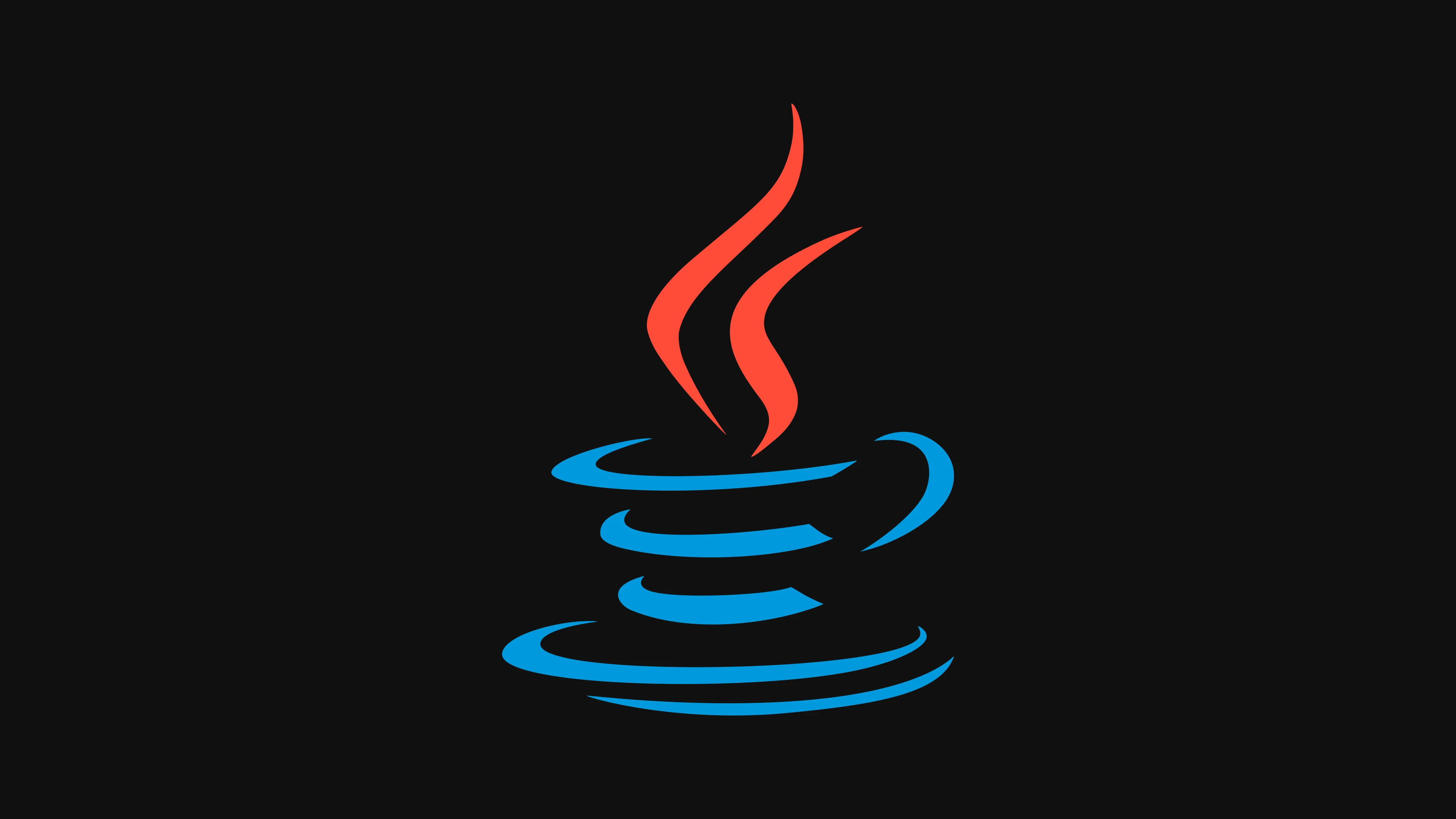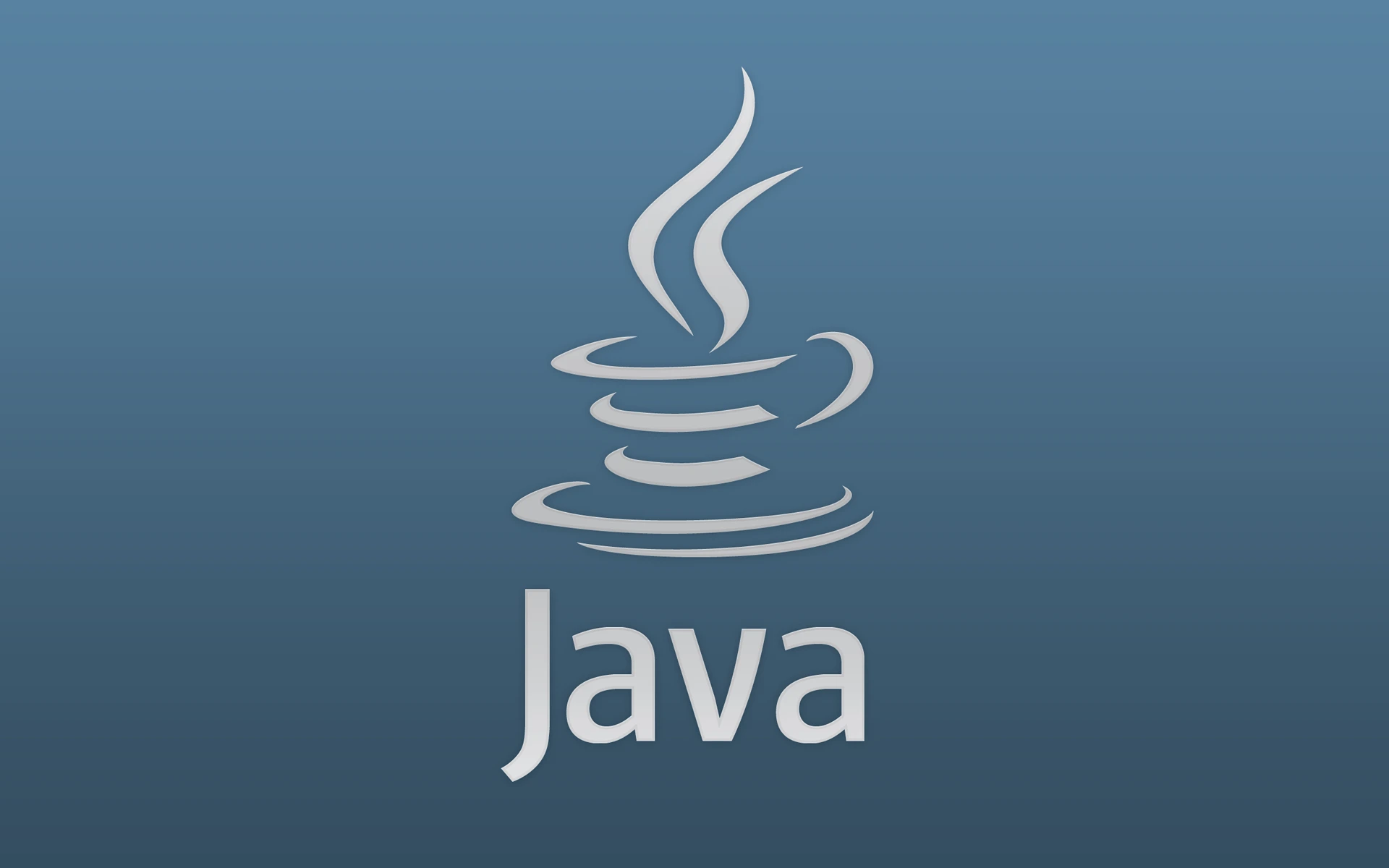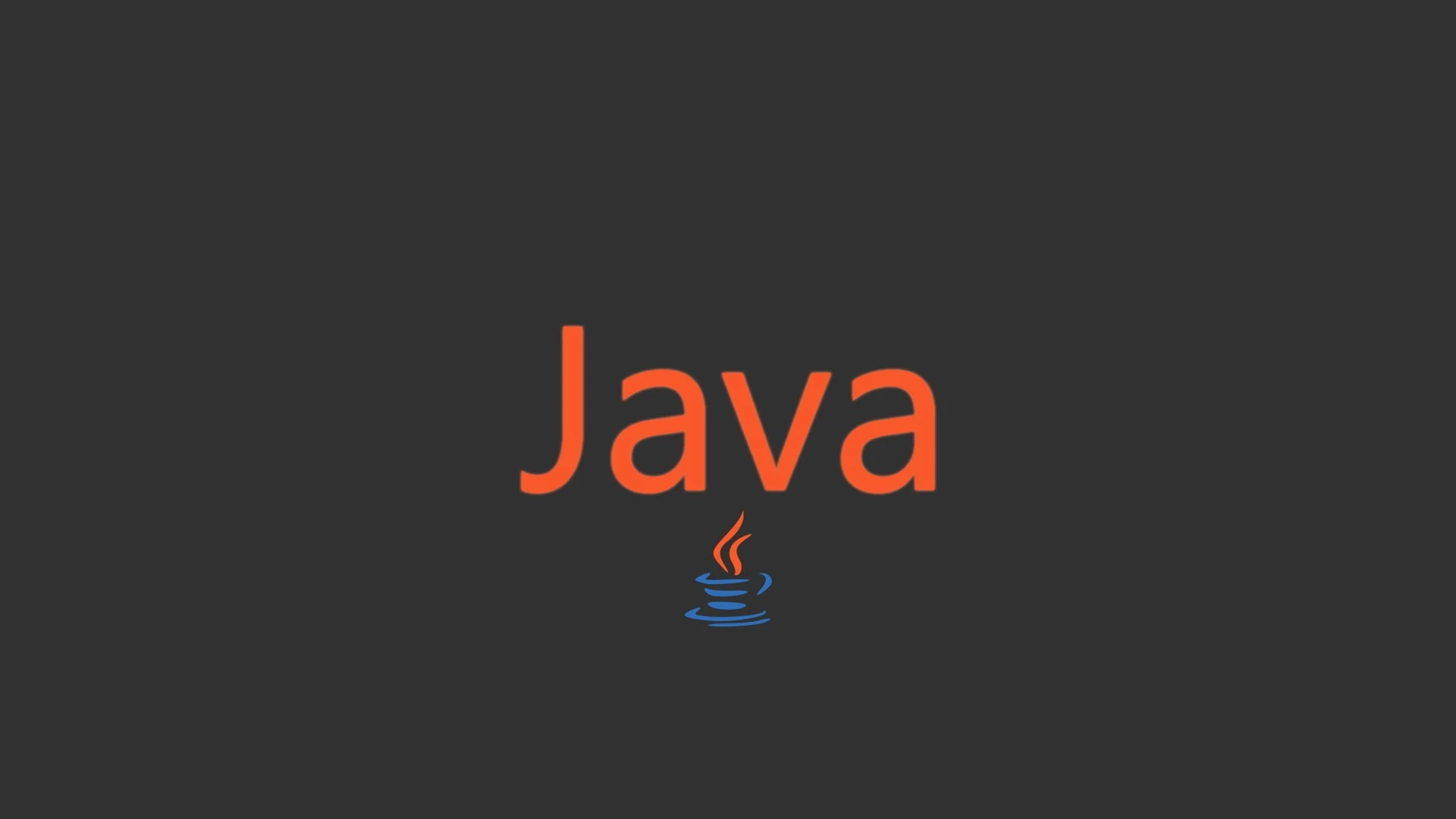What is Java?
Introduction
Java is one of the most widely used programming languages in the world, renowned for its versatility, platform independence, and robustness. Developed by James Gosling and his team at Sun Microsystems in the mid-1990s, Java has since become a cornerstone of modern software development, powering everything from mobile applications to enterprise-level systems. Its popularity stems from its ability to provide developers with a simple yet powerful language that facilitates the creation of complex, scalable, and secure applications.
In this essay, we will explore the key features of Java, its history, its role in the software development landscape, and its future prospects. We will delve into the language's syntax, object-oriented programming paradigm, memory management, and its ecosystem of libraries and frameworks. Additionally, we will discuss Java's significance in various industries and its continued relevance in an ever-evolving technological landscape. By the end of this essay, readers will gain a comprehensive understanding of Java and its importance in the world of programming.

History of Java
Java's history began in the early 1990s when a group of engineers at Sun Microsystems led by James Gosling, Patrick Naughton, and Mike Sheridan started working on a new programming language and runtime environment. Initially, the project, called "Oak," was focused on creating a language that could be used to program consumer electronics like set-top boxes, but as the internet gained popularity, the project's goals changed to creating a language and platform that could be used to create applications for the newly-emerging World Wide Web.
After renaming it from Oak because of trademark conflicts, Sun Microsystems officially launched Java in 1995 as the internet was expanding at a rapid pace. Java 1.0 was released with the tagline "Write Once, Run Anywhere" (WORA), emphasizing the platform independence of Java as one of its primary features. This was made possible by the Java Virtual Machine (JVM), which enables Java programs to run on any device or operating system that supports it without the need for recompilation.
Java's rise to prominence began with the release of Java 1.0, which attracted developers from a wide range of domains due to its object-oriented nature, simplicity, and portability. Additionally, Java gained additional traction from Sun Microsystems' deliberate positioning of it as a language for creating web applets, which are tiny programs embedded within web pages.
Over the years, Java continued to evolve, with successive versions introducing new features and enhancements. Java 2, released in 1998, brought significant improvements to the language, including the introduction of the Swing GUI toolkit, the Collections Framework, and the Java Naming and Directory Interface (JNDI). Subsequent releases further refined the language, addressing performance issues, security vulnerabilities, and adding support for modern programming paradigms.

In 2006, Sun Microsystems open-sourced the Java platform under the GNU General Public License (GPL) as the OpenJDK (Java Development Kit), allowing developers to contribute to its development and enabling the creation of alternative Java implementations. This move helped foster a vibrant ecosystem around Java, with numerous third-party libraries, frameworks, and tools emerging to support Java development.
In 2010, Oracle Corporation acquired Sun Microsystems, becoming the steward of the Java platform. Under Oracle's leadership, Java continued to evolve, with the release of Java SE 7 in 2011 and Java SE 8 in 2014, introducing features such as lambda expressions, the Stream API, and the Date and Time API, among others.
Despite facing competition from newer programming languages and platforms, Java remains a dominant force in the software development industry, powering a wide range of applications, from mobile apps and web services to enterprise systems and scientific computing. Its robustness, scalability, and extensive ecosystem of tools and libraries make it a preferred choice for developers worldwide.
In summary, the history of Java is a testament to its adaptability and enduring relevance in the ever-changing landscape of software development. From its humble beginnings as a language for consumer electronics to its evolution into a versatile platform for building web and enterprise applications, Java continues to shape the way we write and deploy software in the digital age.

The design of Java
Java's design philosophy is rooted in simplicity, portability, and robustness, making it an accessible and versatile programming language for developers of all skill levels. Several key design principles underpin Java's architecture, contributing to its widespread adoption and enduring popularity.
Object-Oriented Programming (OOP): At the core of Java's design is its strong support for object-oriented programming (OOP). Everything in Java is treated as an object, allowing developers to model real-world entities and interactions using classes and objects. This paradigm promotes code reuse, modularity, and extensibility, enabling developers to build complex systems by composing simple, reusable components.
Simplicity and Readability: Java was designed with simplicity and readability in mind, prioritizing clarity and ease of understanding for developers. Its syntax is concise and straightforward, making it accessible to beginners while still providing powerful features for advanced users. Additionally, Java's syntax draws inspiration from C and C++, making it familiar to developers coming from these languages.
Platform Independence: One of Java's most distinguishing features is its platform independence, achieved through the Java Virtual Machine (JVM). Java code is compiled into bytecode, a platform-independent intermediate representation, which can be executed on any device or operating system that has a compatible JVM installed. This "write once, run anywhere" capability enables developers to build applications that can seamlessly run on diverse hardware and software environments, without modification.

Automatic Memory Management: Java uses automatic garbage collection to abstract away the complexity of memory management. By removing the need for developers to manually allocate and deallocate memory, this feature lowers the possibility of memory leaks and segmentation problems. By recovering memory used by objects that are no longer in use, garbage collection works in the background to improve the dependability and stability of Java programs.
Security: Given that Java is widely used in online and enterprise applications, security is a top priority in the architecture of the language. To reduce potential security flaws and guard against the execution of malicious code, Java includes a number of security features, including bytecode verification, sandboxing, and access control techniques. Furthermore, cryptographic APIs for developing secure communication protocols and data encryption are included in Java's large standard library.
Rich Standard Library: The Java Development Kit (JDK), which comes with a wide range of classes and APIs for typical programming tasks, is a comprehensive standard library that comes with Java. The JDK makes development easier by offering ready-to-use components and abstractions for everything from networking, multithreading, and GUI development to basic data structures and I/O operations.
In conclusion, Java is a great option for a variety of applications since its architecture embodies the concepts of robustness, portability, and simplicity. Its standing as the top programming language in the software development business has been cemented by its support for object-oriented programming, platform independence, automatic memory management, security features, and extensive standard library. Java's design is always changing to keep up with the demands of developers and technological breakthroughs, which will guarantee its continued relevance and durability in the years to come.

Where is Java used?
Java's versatility and robustness have made it a popular choice for a diverse range of applications across various industries. Its platform independence, scalability, and extensive ecosystem of libraries and frameworks have positioned it as a go-to language for developers tackling a wide array of challenges. Here are some of the key areas where Java is commonly used in the real world:
Enterprise Applications: Java is widely used in building enterprise-scale applications, including customer relationship management (CRM) systems, enterprise resource planning (ERP) software, and supply chain management solutions. Its scalability, reliability, and ability to handle complex business logic make it an ideal choice for mission-critical applications deployed in large organizations.
Web Development: Java is a popular choice for developing web applications, both on the server-side and client-side. Frameworks like Spring, JavaServer Faces (JSF), and Apache Struts provide robust architectures for building scalable, maintainable web applications. Java's integration with technologies like Servlets, JSP (JavaServer Pages), and JavaServer Pages Standard Tag Library (JSTL) enables the creation of dynamic and interactive web pages.
Mobile Applications: While Java is not the primary language for native mobile app development, it is widely used for building Android applications. Android, the world's most popular mobile operating system, relies heavily on Java for its app development ecosystem. Developers leverage tools like Android Studio and the Android SDK to build high-performance, feature-rich mobile applications for smartphones, tablets, and other Android-powered devices.
Big Data Processing: Java is commonly used in the field of big data processing and analytics. Frameworks like Apache Hadoop and Apache Spark, which are widely used for distributed computing and large-scale data processing, are written in Java. Java's concurrency support, along with its robustness and scalability, make it well-suited for handling the massive volumes of data processed in big data applications.

Scientific Computing: Java is increasingly being used in scientific computing and computational research. Its performance, numerical accuracy, and extensive libraries for mathematical and scientific computing make it an attractive choice for applications in fields such as bioinformatics, computational biology, and financial modeling.
Financial Services: Java is extensively used in the financial services industry for developing trading platforms, risk management systems, and banking applications. Its performance, security features, and support for distributed computing enable the development of high-frequency trading systems, algorithmic trading platforms, and real-time financial analytics solutions.
Gaming: Java is used in game development, particularly for developing cross-platform games and mobile games. Libraries and frameworks like LibGDX and jMonkeyEngine provide tools for building 2D and 3D games in Java, targeting platforms such as desktop computers, web browsers, and mobile devices.
Internet of Things (IoT): Java's lightweight runtime environment and platform independence make it suitable for developing applications for IoT devices. Java ME (Micro Edition) and Java Embedded enable developers to build IoT solutions for resource-constrained devices, such as sensors, actuators, and embedded systems, while leveraging Java's security, networking, and communication capabilities.
In summary, Java's versatility and wide-ranging capabilities have established it as a cornerstone of modern software development. From enterprise applications and web development to mobile apps, big data processing, scientific computing, and beyond, Java continues to play a vital role in shaping the digital landscape and powering innovation across industries. Its robustness, scalability, and extensive ecosystem make it a preferred choice for developers tackling diverse challenges in the real world.

Conclusion
In conclusion, Java stands as a testament to the power of simplicity, portability, and robustness in programming language design. From its humble beginnings as a language for consumer electronics to its widespread adoption in enterprise-scale applications, web development, mobile apps, big data processing, and beyond, Java has solidified its position as one of the most influential and versatile programming languages in the world.
The success of Java can be attributed to its strong support for object-oriented programming, platform independence, automatic memory management, security features, and rich ecosystem of libraries and frameworks. These design principles have enabled developers to build complex, scalable, and secure applications while minimizing development time and effort.
Looking ahead, Java's future remains bright, with ongoing advancements in the language, runtime environment, and ecosystem ensuring its continued relevance in an ever-evolving technological landscape. The recent releases of Java SE, coupled with the vibrant community and active contributions to the OpenJDK project, underscore Java's commitment to innovation and adaptation to emerging trends and challenges.
As technology continues to evolve and new paradigms emerge, Java will continue to evolve alongside them, empowering developers to create the next generation of software solutions. Whether it's powering mission-critical enterprise systems, driving innovation in the mobile app ecosystem, or enabling breakthroughs in scientific computing and big data analytics, Java will undoubtedly remain at the forefront of software development for years to come.
In essence, Java's journey from its inception to its present-day prominence is a testament to its enduring principles, adaptability, and impact on the world of programming. As we look to the future, Java will undoubtedly continue to shape the way we write, deploy, and interact with software, leaving an indelible mark on the ever-expanding digital landscape.
